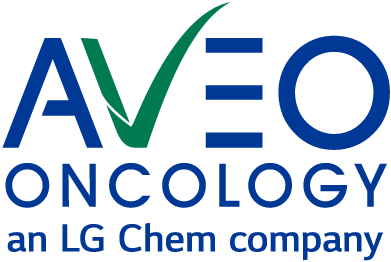AV-380 (anti-GDF15 IgG1 mAb)
AV-380 is AVEO’s first-in-class, potent, humanized inhibitory IgG1 antibody targeting growth differentiation factor 15 (GDF15). GDF15 is a pro-inflammatory cytokine whose elevated circulating levels have been correlated with cachexia in cachectic cancer patients and several animal models of cancer cachexia. Current evidence suggests that a pro-inflammatory state may be responsible for many of the symptoms associated with cachexia, a complex metabolic syndrome characterized by malnutrition and severe involuntary weight loss due to the loss of muscle and fat tissue, as well as the clinical manifestation of anemia, inflammation and suppression of immune functions.
AVEO is developing AV-380 for the potential treatment and/or prevention of cancer cachexia. AVEO plans to initiate a Phase 1b clinical trial in cancer patients in the second half of 2022.
Preclinical data show that inhibition of GDF15 results in a switch from catabolism to anabolism, suggesting that GDF15 inhibition with AV-380 may reverse the effects of cachexia. Cachexia is a serious and common complication in patients with advanced cancer and other chronic diseases. It is estimated that cachexia affects some 9 million individuals in North America, Europe and Japan1. Cachexia is associated with various cancers, and it is estimated that 50-80% of all cancer patients suffer from cachexia and up to 20% of all cancer patients die due to cachexia2. AVEO believes AV-380 has the potential to address a significant unmet medical need. Cachexia also affects patients with chronic kidney disease, congestive heart failure, chronic obstructive pulmonary disease, anorexia nervosa, AIDS and other diseases.
AV-380 is an investigational drug and has not yet been approved by the FDA.
1 Von Haehling, et al. Cachexia as a major underestimated and unmet medical need: facts and numbers. J Cachexia, Sarcopenia Muscle. 2010 Sep; 1(1): 1-5
2 Lorena Lerner, et al. MAP3K11/GDF15 axis is a critical driver of cancer cachexia. J Cachexia Sarcopenia, Muscle. 2016 Sep; 7(4): 467-482
